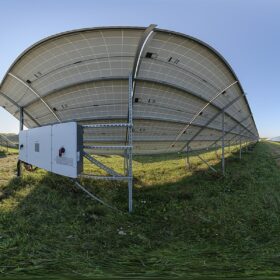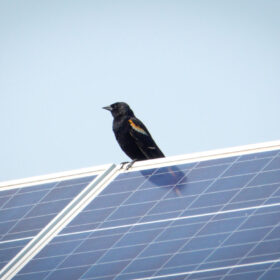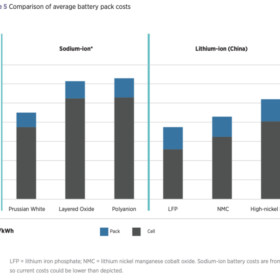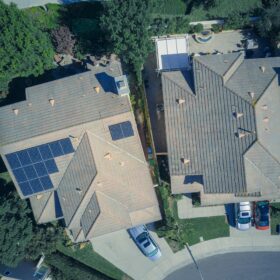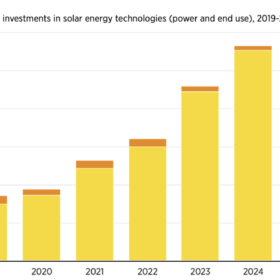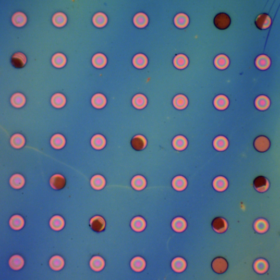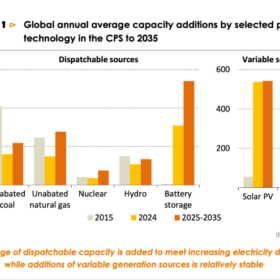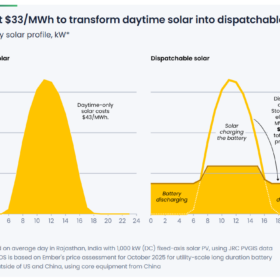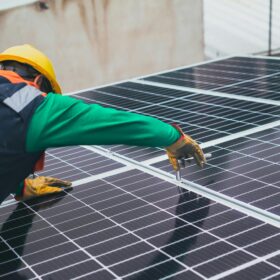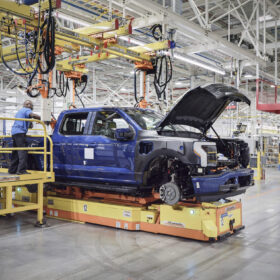Wood Mackenzie predicts 2-year decline in global solar inverter demand
Wood Mackenzie’s latest analysis expects market uncertainty in China, Europe and the U.S. to cause two consecutive years of contraction in the global solar inverter market, forecasting a fall to 577 GWac this year and 523 GWac in 2026.
Canada opens review into anti-dumping duties on Chinese PV modules, laminates
Canada’s International Trade Tribunal is running an interim review of the country’s anti-dumping and countervailing duties on solar modules and laminates from China, following a request to exclude flexible solar panels that affix to curved surfaces.
Research finds solar can support bird, bat activities
A pair of research studies led by the Argonne National Laboratory have demonstrated how “ecovoltaic” installations in the midwestern United States are home to more bird and bat activities than nearby fields used for agriculture.
DOE removes “renewable” from National Renewable Energy Laboratory
The US Department of Energy (DoE) has renamed the National Renewable Energy Laboratory (NREL) in Colorado as the National Laboratory of the Rockies, a change it says aligns the institute’s mandate with the Trump administration’s applied energy priorities.
Sodium-ion battery cell cost could drop to $40/kWh, says IRENA
A report from the International Renewable Energy Agency (IRENA) notes that while it is still uncertain whether sodium-ion batteries will become a disruptive alternative to lithium-ion technology, they could offer significant cost-saving opportunities in applications such as electric vehicles and large-scale energy storage.
Community-based energy trading system for home solar-plus-storage
A research team led by Washington State University has developed a cloud-based system for trading and sharing energy from solar panels and batteries within a neighbourhood. The concept displayed potential energy cost savings of around 12% over a five-day test period.
PV-powered transportation system for 15-minute cities
A Canadian research team has developed a framework for local urban agriculture production, with the produce harvested distributed by electric vehicles powered by sidewalk-integrated photovoltaics. The PV-powered transportation system was calculated to have a payback time of 2.8 years.
IRENA says $554 billion invested in solar technologies in 2024
The International Renewable Energy Agency (IRENA) says solar is the only renewable energy technology where current investment levels are approaching the annual average needed through to 2030 to align with its 1.5 C pathway.
MIT researchers develop polymer film that could prevent solar panel corrosion
Engineers at the Massachusetts Institute of Technology say their polymer coating could be used to protect photovoltaic modules, due to its impermeability to gases. The team has demonstrated that a 60-nanometer-thick film can extend the lifetime of a perovskite crystal by several weeks.
IEA warns global solar growth may plateau through 2035
The International Energy Agency (IEA) said global solar capacity additions are projected to average 540 GW a year through 2035, as outlined in its World Energy Outlook 2025 report.
